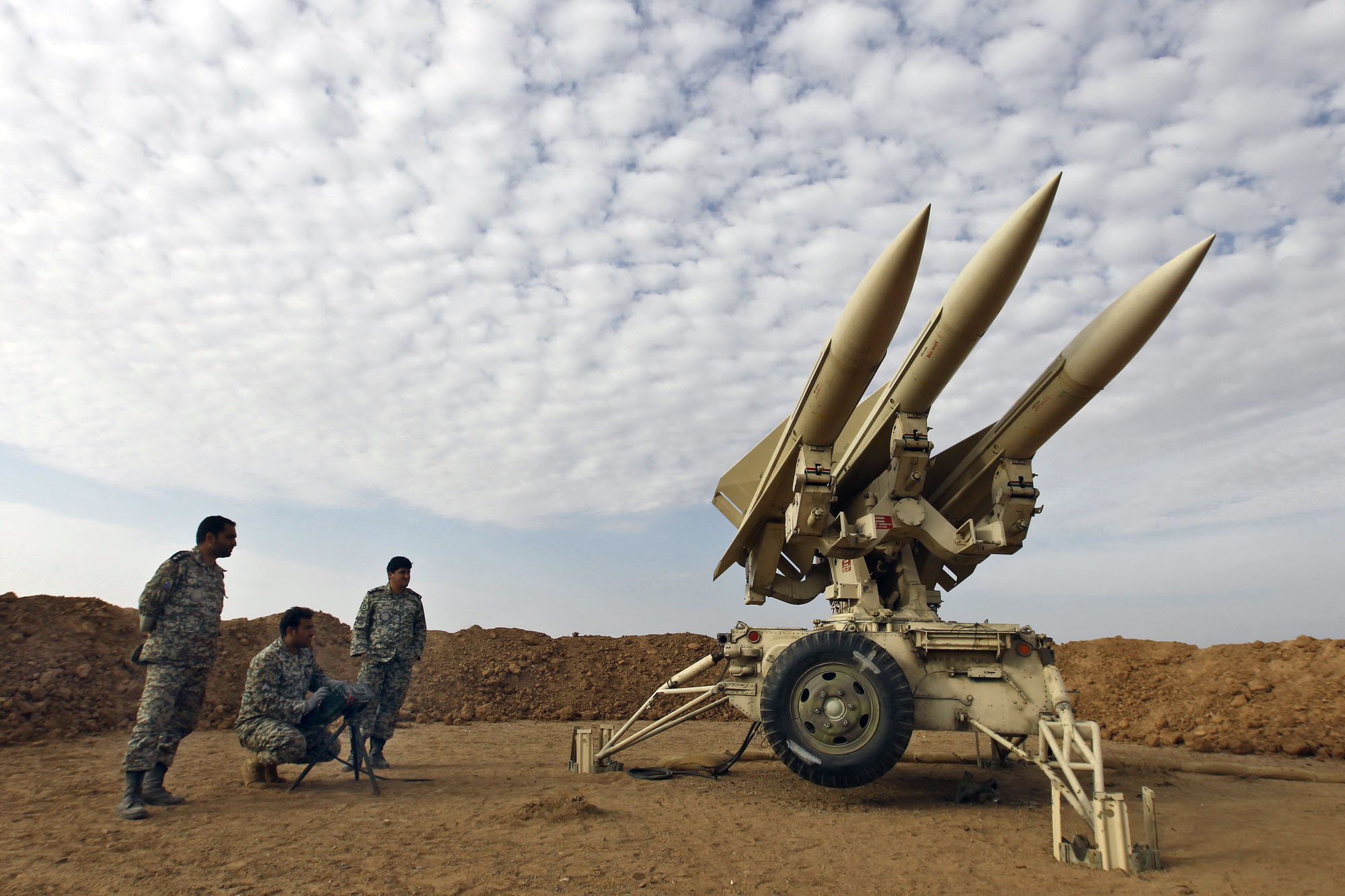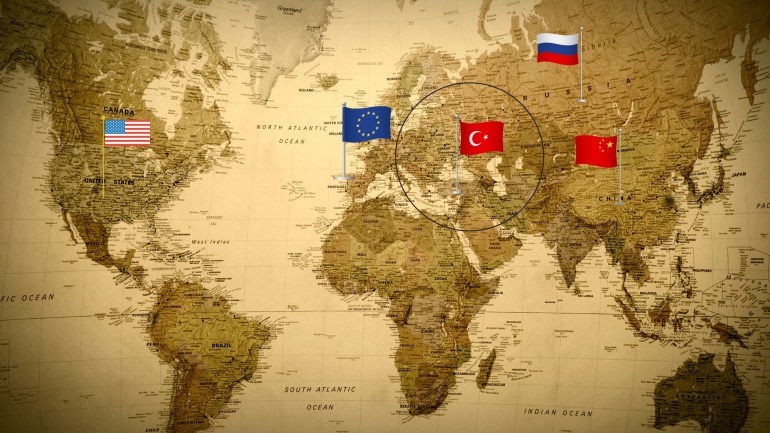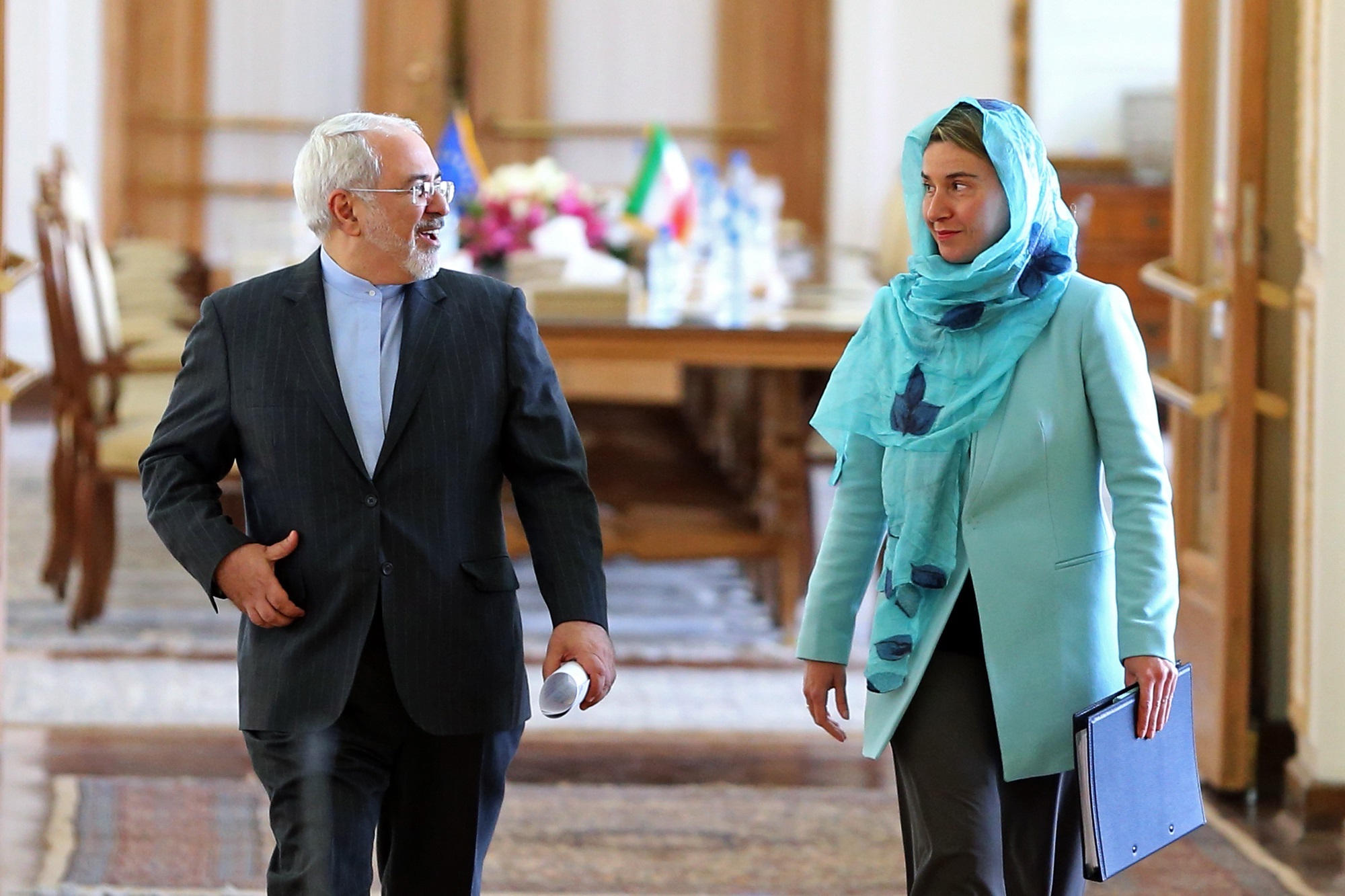
[toggler title=”DISCLAIMER” ]All opinions in this column reflect view of the autor(s), not of Vocal Europe[/toggler]
Afew days ago, Iranian Foreign Minister Javad Zarif wrote an op-ed in the Financial Times asserting that Iran’s regime can bring security to the Middle East region, and claiming that the cooperation between Iran and various world powers in the War on Terror proves that regional states can reach consensus on how best to achieve a peaceful and stable future. Iran is calling for a security network comprising multiple states – whilst it remains the weakest link of all the regional states.
How will an unstable Iran bring security to the region?
The recent unprecedented protests across Iran which began at the end of 2017 are the strongest signal yet that the Iranian people want major changes in the New Year. All the most distinguished political experts and analysts have pored over the situation in great detail, wondering about the possibility of he Iranian regime being brought down by the people, assessing the reasons behind the events and the implications arising from them, and exhaustively examining every aspect of the regime and of Iranian society and history from the economic to the social and political to determine the sources and consequences of the historic protests.
Psychologically, the Iranian people have reached a state of desperation, with the brief joyous moment of optimism after the JCPOA agreement raised their hopes giving way to a bitter cynicism as the reality sinks in that, far from ushering in a new era of outward-looking positive change, the nuclear deal benefited only the regime, with the people, if anything, left facing an ever-worsening economic crisis. This disillusionment after so many dashed promises of improvement led the people to take to the streets and demand their rights.
[alert type=white ]The author: Mohammad S. Alzou’bi is a Senior Researcher in the Arabian Gulf Centre for Iranian Studies[/alert]
All this shows that even domestically Iran is volatile and as far away as possible from being a stable and secure state, so how exactly would it help in bringing about regional stability?
Among the current atmosphere of domestic unrest, some have argued that similar anti-regime protests happened previously so the latest demonstrations are nothing new; this time, however, the situation is radically changed and the observer can see some indicators of major shifts underway, however much the regime might wish otherwise.
Firstly, to bolster its claims of being a democratic state and placate the people, the Iranian regime has always relied on its wholly false claim that it offers genuine political alternatives, establishing two supposedly rival schools of thought – the Reformists and Conservatives, with the Reformists claiming to stand for moderate gradual reform and the Conservatives for the hardline values espoused by the original Islamic Revolution of 1979. It should be noted that, whether Reformist or Conservative, all candidates for the presidency must first be approved by the Supreme Leader, currently Ayatollah Ali Khamenei, as must the policies they introduce.
Whilst this gambit – reassuring voters that the reformists are working for change – worked in placating protesters in 1999 when a Reformist President, Mohammed Khatami, was in power, it was not deployed by the regime in response to the protests of the 2009 Green Movement, since the administration of the time was under the Conservative Mahmoud Ahmadinejad and the protesters were supporting Reformist candidates; the protests were therefore, greeted with swift and brutal reprisals by the Islamic Revolutionary Guards Corps (IRGC) and the Basiji militias, with thousands arrested and many imprisoned.
From that time, the Iranian people’s understanding of the regime’s real manipulative strategies began to grow; although the electorate continued to show admirable patience with the regime’s machinations, the crushing disappointment over the lack of any of the promised domestic gains from the 2015 nuclear deal, coupled with anger at the regime’s massive expenditure on regional militias and wars, even while Iran’s economy continues to suffer and increasing numbers of people go hungry, led to a simmering resentment.
This ultimately exploded into public protests beginning at the end of 2017 when the people took to the streets across Iran, driven by desperation and frustration. Despite the dangers facing them and knowing of the regime’s murderous reprisals against dissidents, thousands protested across the country; it’s noteworthy that these protests began in the regime’s staunchly conservative religious heartland of Mashhad. The people also hoped that others outside Iran would see and support their uprising, helping to give them the hope and confidence to change the worsening situation in the country.
The regime leadership reacted with even greater brutality than usual, with the knowledge that the protesters were not put off by the threat of the infamously brutal IRGC, the Basiji or even the frozen climate being sufficient to tell them that these were no ordinary demonstrations. Ayatollah Khamenei, of course, used the regime’s usual narrative deployed at any sign of dissent in an effort to smear and dismiss the protests, accusing foreign powers, primarily the USA and Israel, of intervening in the country to cause instability. He apparently failed to see or simply didn’t care to notice the great irony in the Iranian regime, which has intervened brutally in every country in the region to disastrous, destabilizing effect, propping up Bashar al Assad’s dictatorship and unleashing sectarian militias across the region, lecturing others for imaginary intervention.
Thirdly, the sympathies of the vast majority of people worldwide were with the Iranian people rather than the brutal theocratic regime.
Post-ISIS region or post-Iran world?
Since 2015, Iran has intensified its regional and other overseas activities, establishing multiple channels to export its ‘revolutionary’ fundamentalist ideology, as stipulated by Article 154 of the Iranian constitution, which states, “The Islamic Republic of Iran considers human happiness throughout human society as its ideal. It considers independence, freedom, and the governance of justice and truth as the right of all the people of the world. Consequently, while it completely abstains from any kind of intervention in the internal affairs of other nations, it supports the struggles of the oppressed for their rights against the oppressors anywhere in the world.”
What the Iranian regime means by “governance of justice and truth” is absolute rule by its own perverse fundamentalist version of Sharia law under the guidance of the Supreme Leader or his local proxies, while the past few years have shown exactly how it intends to achieve this, exposing the ludicrous falseness of its claims of anti-interventionism.
Indeed, while their sectarian rhetoric may vary, the objectives of the so-called ‘Islamic Republic’ and the so-called ‘Islamic State’ are not really any different, with both perverting the holy name of Islam and relying on terrorist militias to impose vicious, extremist sectarian rule, and violating every norm of international law, morality, humanity, ethics and religion to justify rule by terror, and grievously distorting and maligning Islam to do so.
Mr. Zarif, that is what really needed
The regional powers now need to work together to attain and maintain peace and to focus on incremental improvements by changing their peacekeeping operations and giving these a truly global perspective, involving younger generations and utilizing all the modern technological advances, both individually and collectively.
We should understand that respectful fraternal co-existence between regional states can only be achieved and maintained by the attentiveness and constant effort of successive generations. The common good for the region’s peoples can be upheld and defended only by vigilance and by positive action; the people have had enough of empty words and broken promises. This means that there is a need for more than security measures; humanity must arm itself with ideals, must strive to uphold real justice and to ensure economic and social inclusion.
It’s essential for the Middle East region to renew the source of our great strength: a mutual respect that binds and sustains human rights. The power of the region’s young people must be positively directed and inspired by values that reject violence, create peace and build inclusive societies. Recent failures and hostilities regionally and globally have grievously damaged and eroded trust, both in international law and in our own communities, which threatens world peace. Political means must be used to resolve this crisis, rather than violence which has given extremists a powerful rallying cry and an ability to exploit injustices and lingering conflicts to legitimize their own poisonous causes and recruit foreign fighters across Europe and the world who bring only more suffering.
So, Mr. Zarif, while our region, our peoples, can coexist in peace – if they are free of expansionist projects and “revolutionary” interventionism – I suspect that the current Iranian regime is unable to abandon its own desire to dominate the neighboring states, cynically exploit their Shiite populations, and disseminate an extremist ideology of ‘exporting the revolution’ ; unless and until the constitution and direction of such a state changes, this devastating instability will be passed down from generation to generation.



